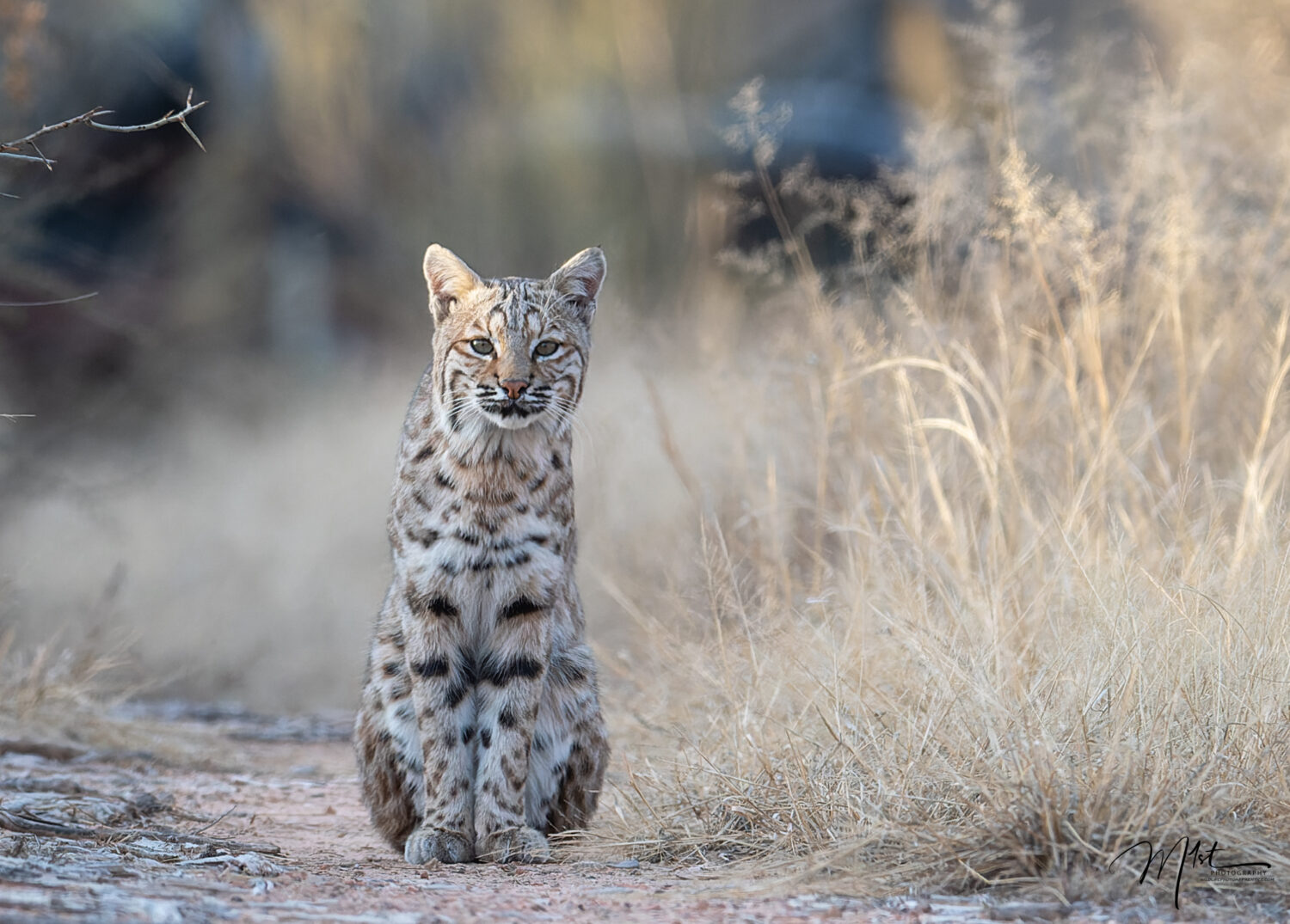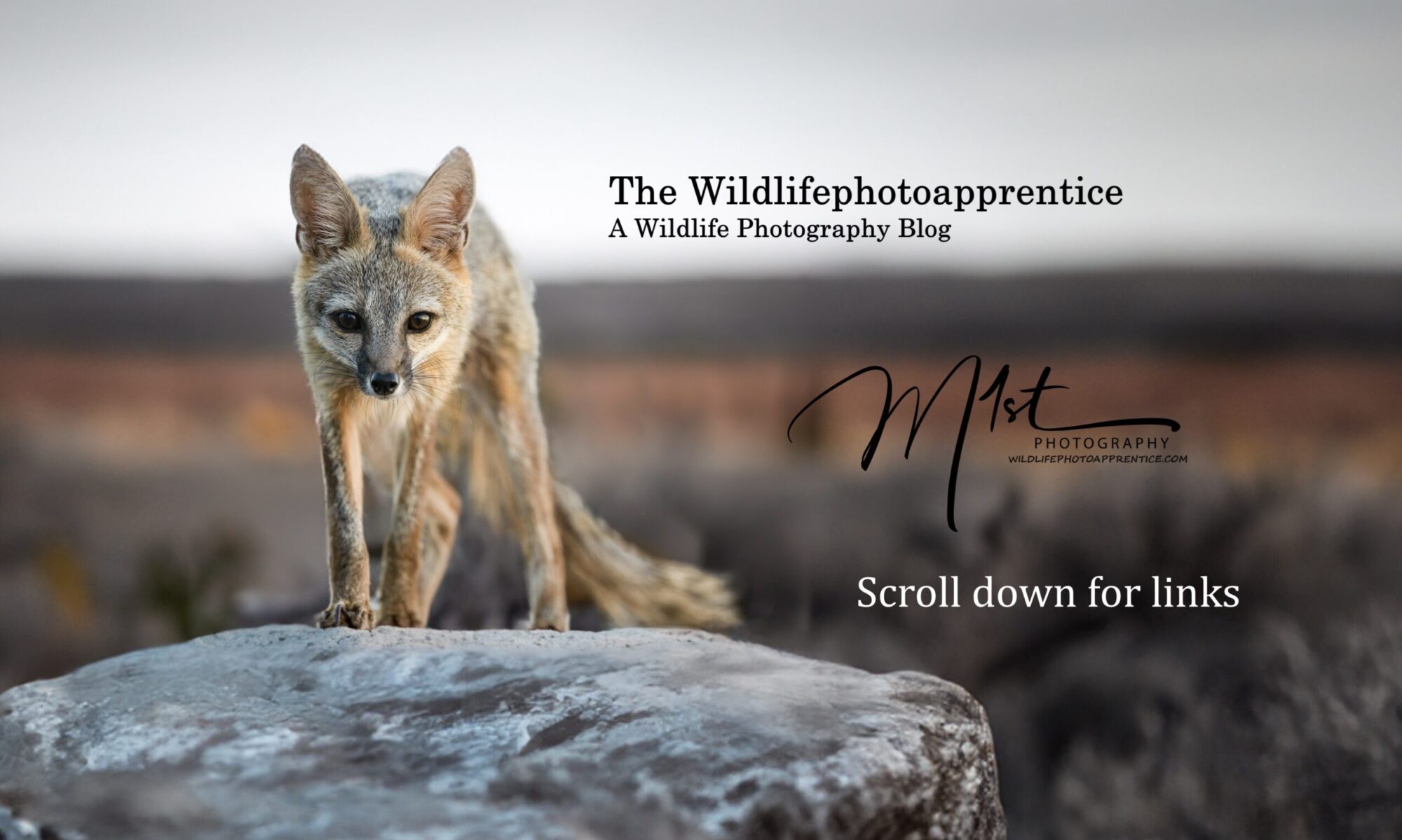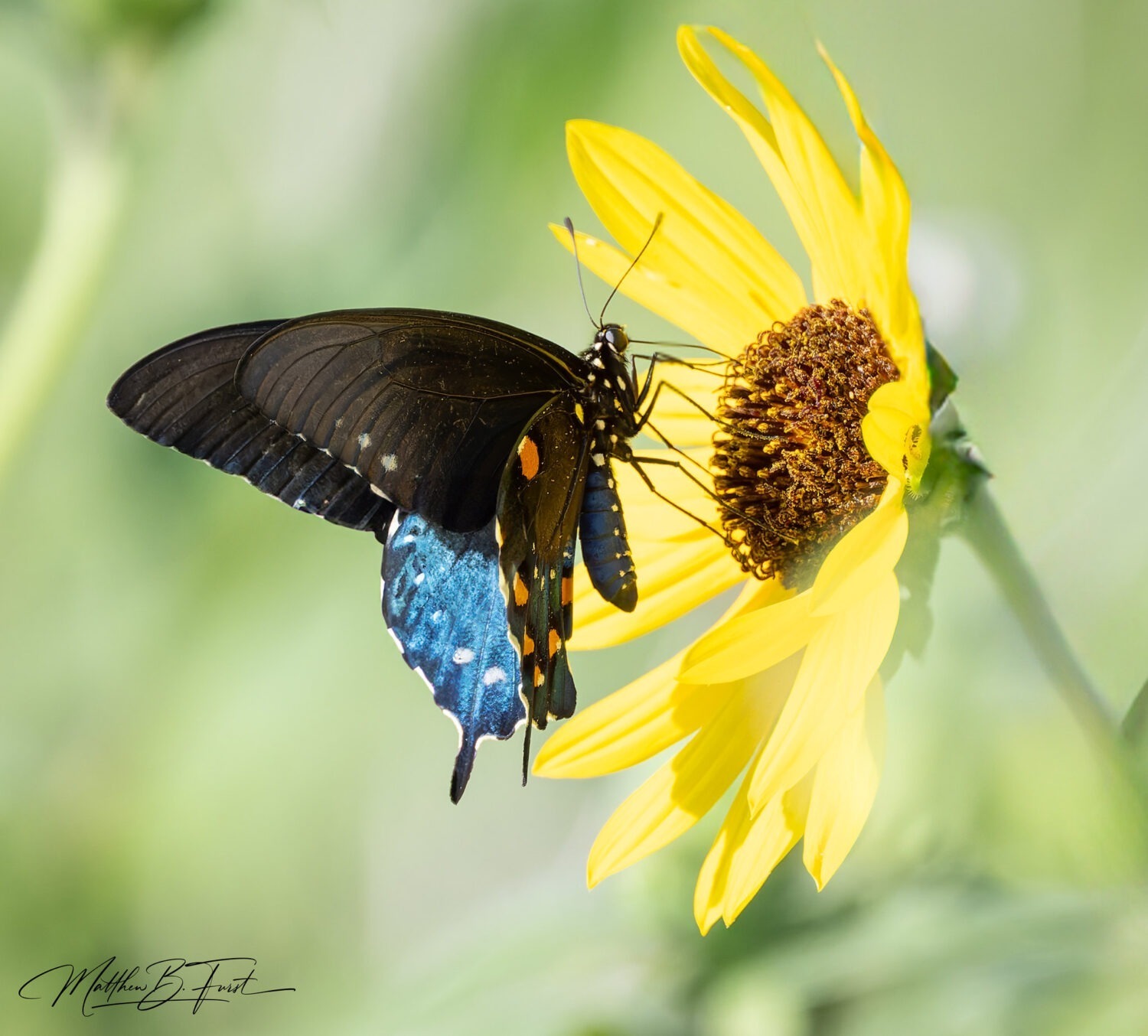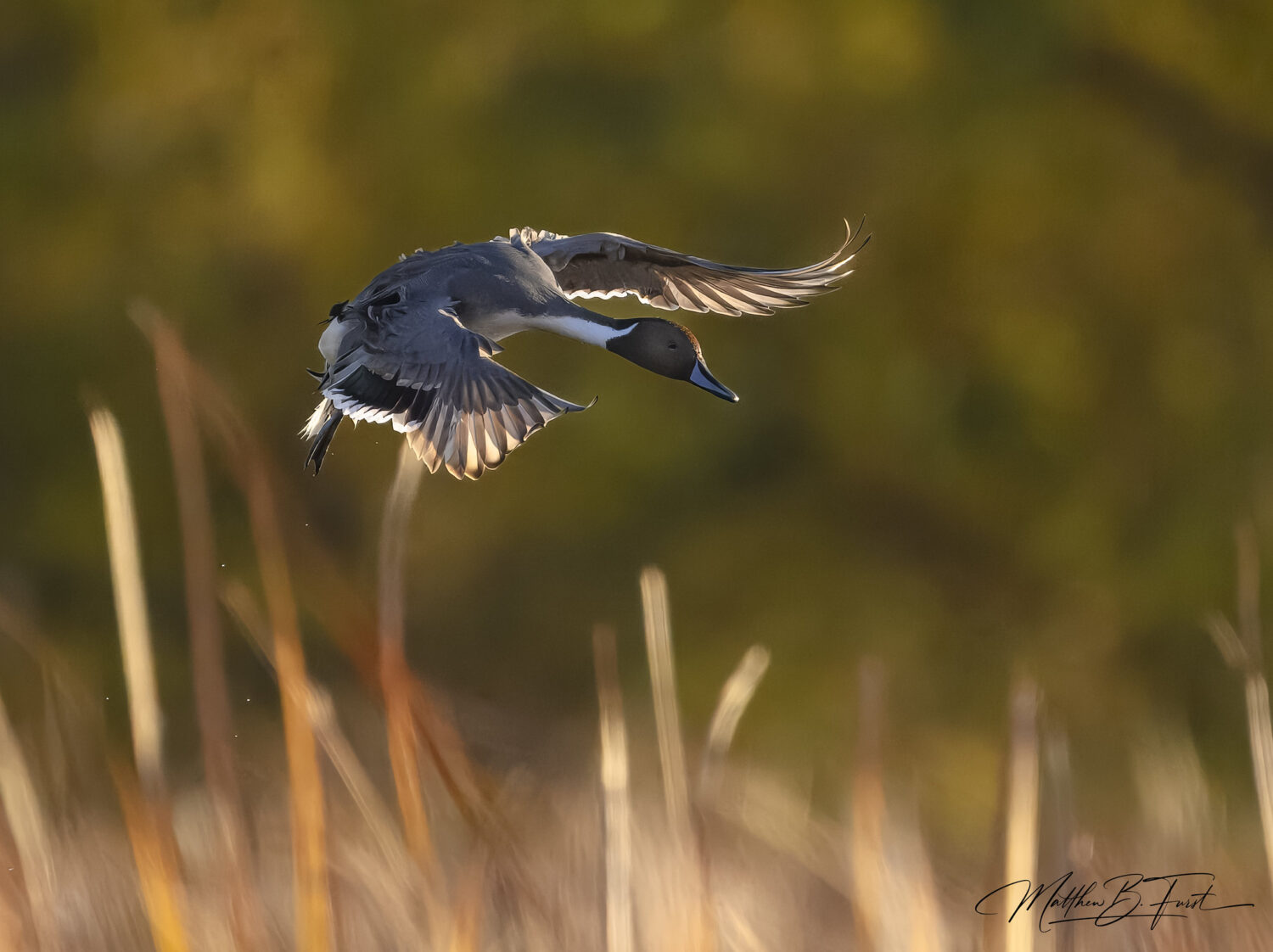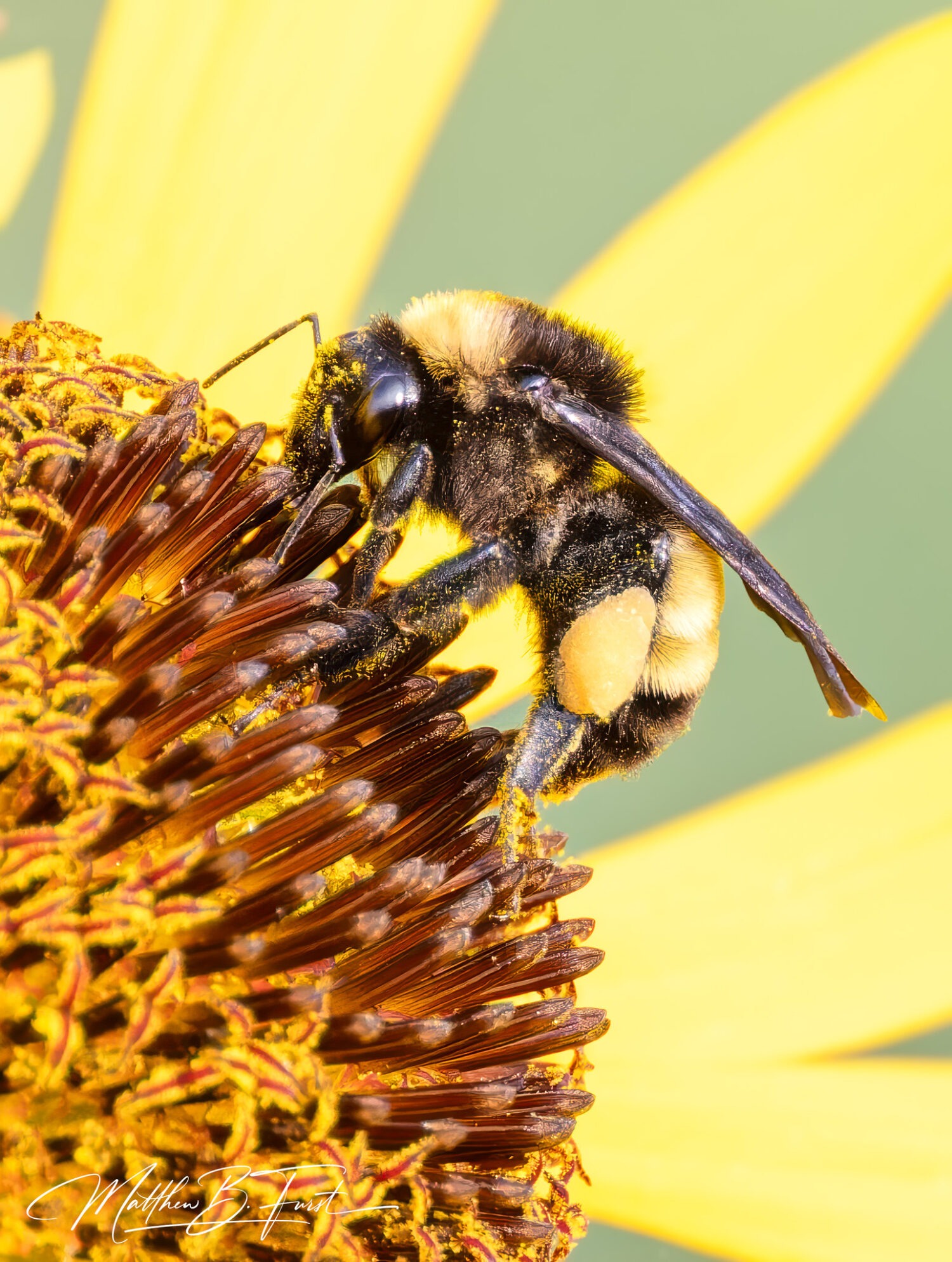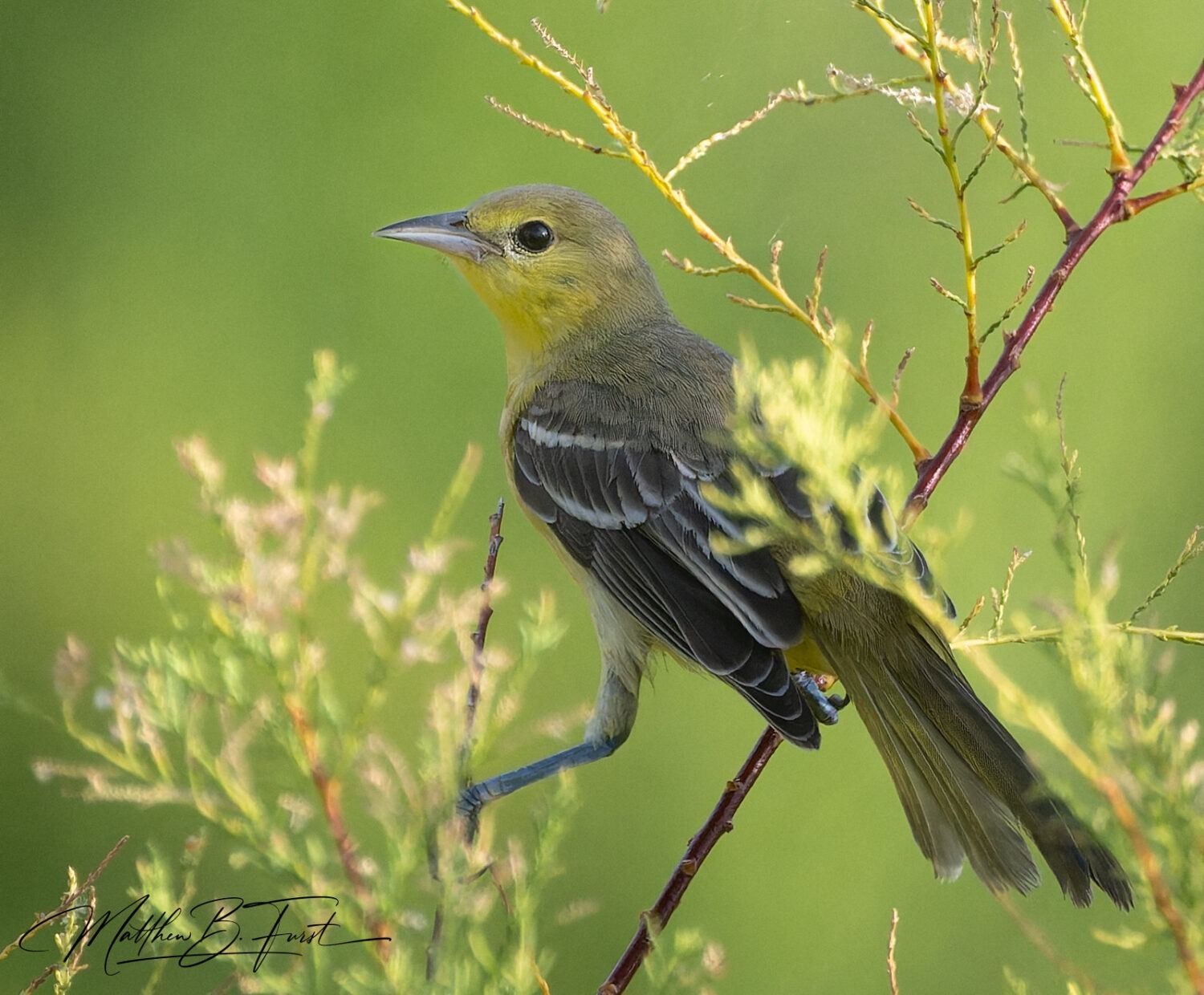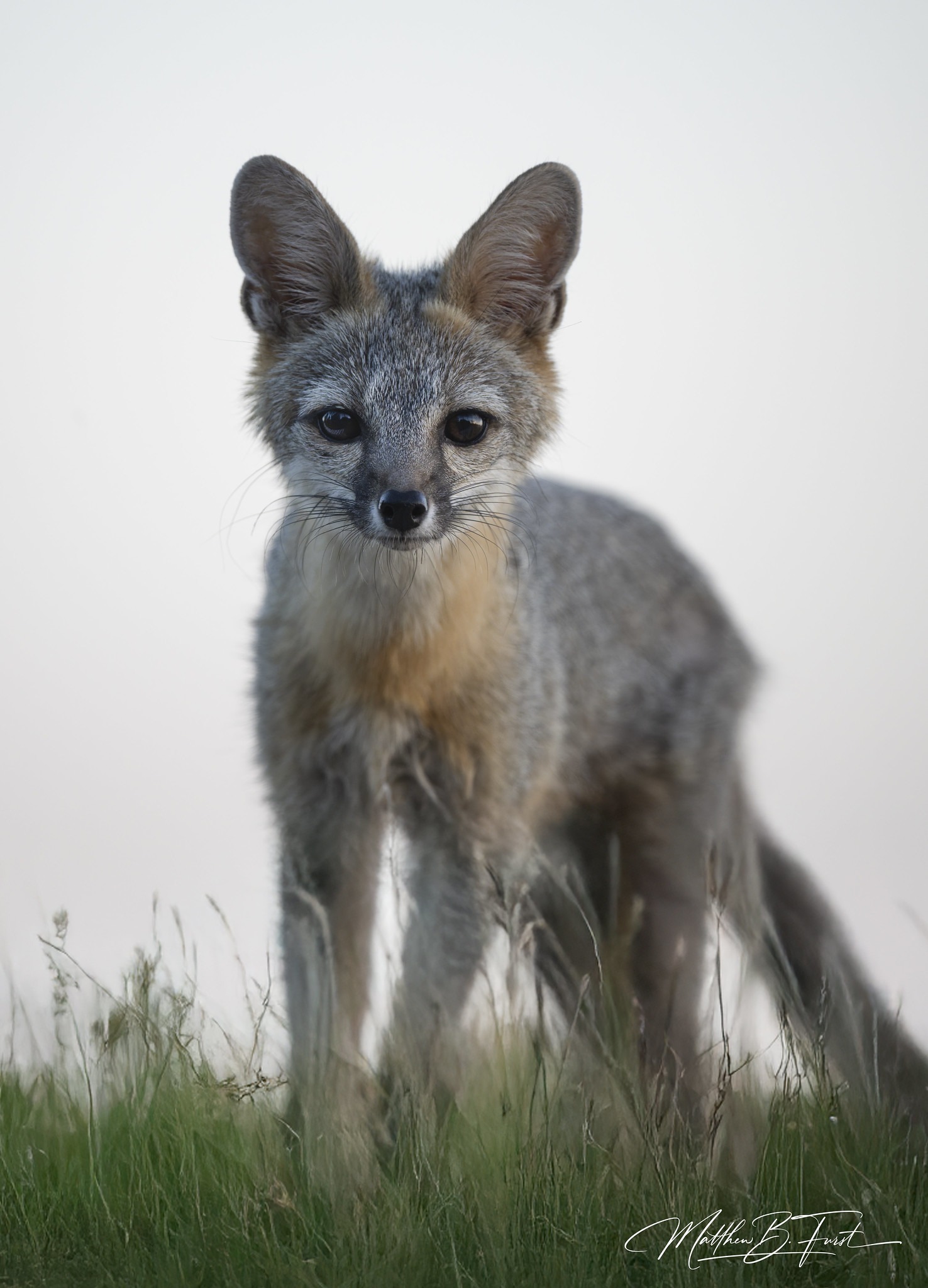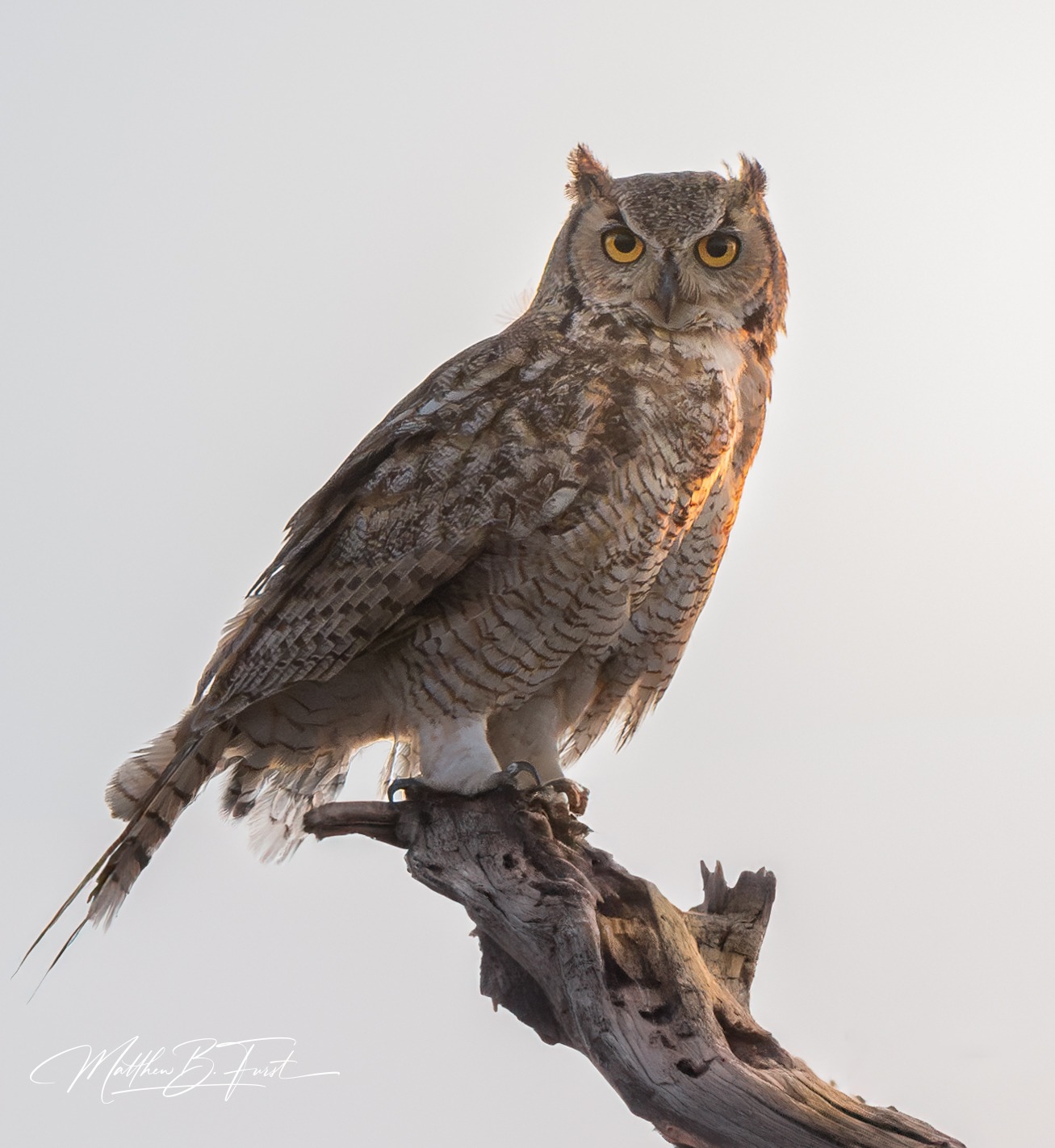In the heart of the wilderness lies a captivating realm awaiting the discerning eye of the wildlife photographer. Every rustle of leaves, each fleeting glimpse of an elusive creature, presents an opportunity to immortalize the beauty of the wildlife. In the pursuit of these moments, photographers are presented with a compelling choice: should they immerse themselves in the art of field craft, stealthily navigating the terrain to get up close and personal, or should they rely on the extended reach of a powerful telephoto lens, capturing the essence of wildlife from a respectful distance? In this blog, we embark on a journey to compare and contrast the benefits of these two distinct yet intertwined approaches – the intimate finesse of fieldcraft and the amplified vision of increased focal lengths – both vying for supremacy in the captivating realm of wildlife photography.
